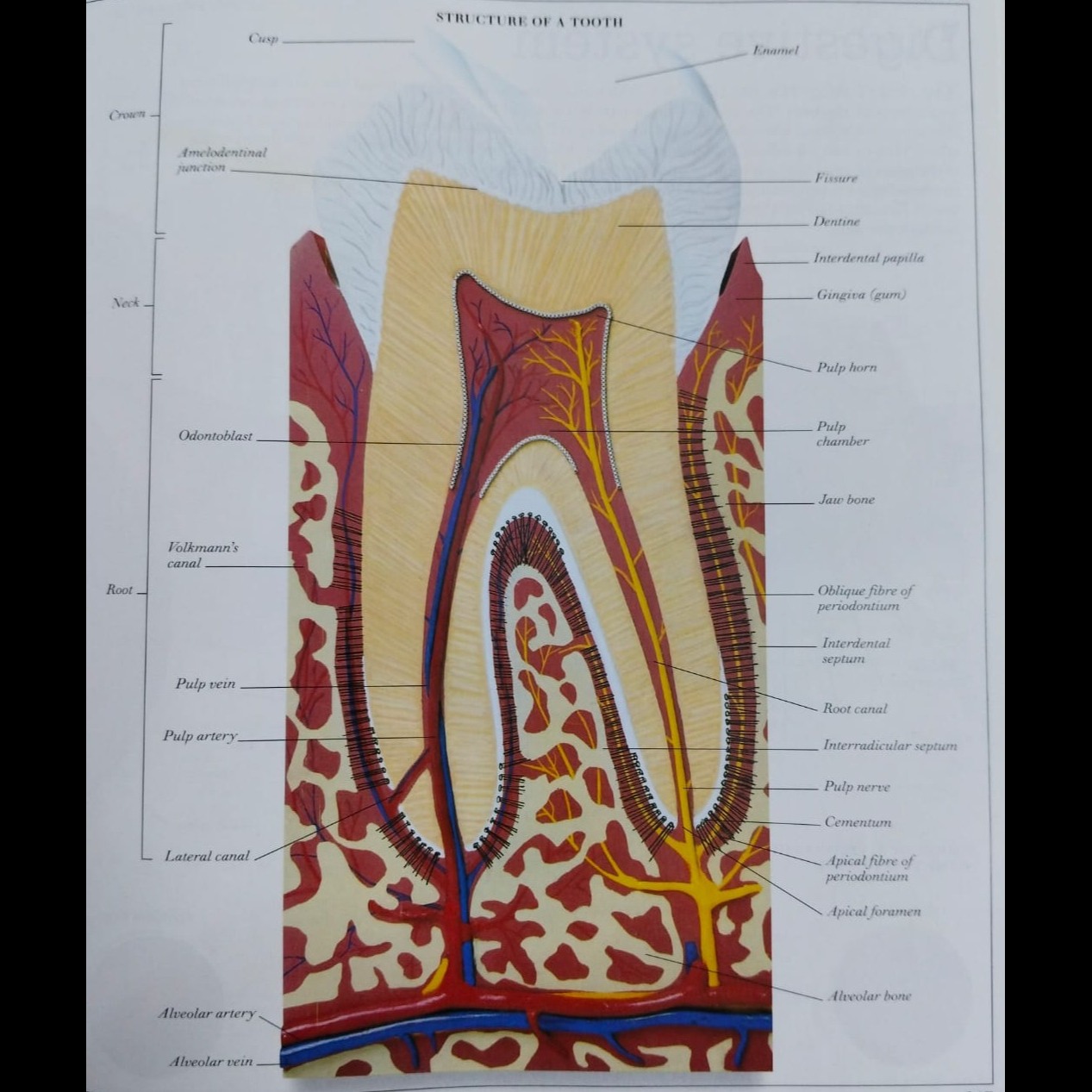+918048036246

This is your website preview.
Currently it only shows your basic business info. Start adding relevant business details such as description, images and products or services to gain your customers attention by using Boost 360 android app / iOS App / web portal.
CBCT

CBCT in delhi C-8/193 sec 8 Rohini Delhi 9811552279, 7827070020 CBCT, or Cone Beam Computed Tomography, is a 3D imaging technique used in dentistry and other medical fields to visualize structures like teeth, jawbones, sinuses, and airways. It's a type of CT scan that uses a cone-shaped X-ray beam, allowing for a single scan to capture detailed 3D images. CBCT is favored for its ability to provide high-resolution images with lower radiation exposure compared to traditional CT scans. Here's a more detailed explanation: What it is: CBCT is a medical imaging technology that uses a cone-shaped X-ray beam to create 3D images of the maxillofacial region (teeth, jaws, and surrounding structures). How it works: The CBCT machine rotates around the patient, capturing data with a cone-shaped X-ray beam. This data is then used to reconstruct a 3D image of the area of interest. Advantages over traditional CT: Lower radiation dose: CBCT typically exposes patients to less radiation than conventional CT scans. Higher resolution: CBCT can provide detailed 3D images, which is helpful for diagnosis and treatment planning. Faster scan times: CBCT scans are often quicker than traditional CT scans. Applications: Implant dentistry: CBCT is used to plan implant placement, assess bone quality and quantity, and evaluate the position of the implant in relation to anatomical structures. Endodontics: CBCT helps in diagnosing and managing endodontic issues, such as apical lesions and root canal anatomy. Orthodontics: CBCT aids in treatment planning for orthodontic cases, providing a comprehensive view of tooth alignment and jaw relationships. Oral and maxillofacial surgery: CBCT is used to assess impacted teeth, jaw pathologies, and bone grafts. ENT (Ear, Nose, and Throat): CBCT is used to evaluate the sinuses, airway, and other structures in the ENT region. Procedure: The CBCT scan is usually painless and relatively quick. The patient sits or stands while the machine rotates around their head. Key features: CBCT is known for its ability to visualize both hard and soft tissues, making it a valuable tool for diagnosis and treatment planning in various dental and medical specialties.

